The world changed with the advent of defined contribution plans where individuals save for their retirements. Dissimilar to a defined benefit plan or pension, where the stream of income stopped at your demise, defined contribution plans leave assets behind to beneficiaries. You don’t know your last day on earth. As a result, there will be money left behind.
All beneficiaries are not equal. Your assets are taxed differently based on the recipient. Who receives what investments you leave behind should depend upon your wishes and objectives. The taxation, the beneficiary circumstances, and your marital status at death all need to be addressed. There are many complexities and considerations. In the next five weeks, we will attempt to provide some suggestions. As always, please consult an advisor about your particular situation.
The typical residue (that is a fancy word for what you leave behind) has tax-deferred assets (IRA’s and 401k’s) along with investment accounts that are already taxed and likely in your name, held jointly, or in a trust. Perhaps you used a Roth account as well.
In most cases, where there is a surviving spouse, all the assets transfer directly to the survivor. When there is a single survivor, different considerations occur. Let’s assume you are single, have the three asset types mentioned above, and have charitable inclinations for a portion of your estate. You have two children, both in their 50’s.
My preferred method of transferring assets from one generation to the next is via trust. Keep in mind, I am not an attorney and merely expressing my point of view. Where charitable intent exists, it is common to find charities being named beneficiaries inside of the trust. This strategy is perfectly legal but not optimal if you have tax-deferred savings.
Your two children will not pay any taxes on the individual account as they will receive a step-up in basis. Individual accounts do have taxation in the form of dividends, interest and capital gains. They will, however, pay taxes on your tax-deferred accounts. The charities pay no taxation regardless of which assets they receive upon your demise.
Based on this scenario, it would be more tax-efficient for your children to receive the individual account and a Roth account while leaving the tax-deferred accounts to the charity directly. The non-for-profit or church pays zero taxes, nor do your children. Both parties receive the same amount of assets – assuming you adjust your beneficiary designation percentages every year – and the tax advantages go to your children.
The Secure Act passed in 2019 complicated issues for non-spouse beneficiaries. Your kids would need to empty the tax-deferred accounts within ten years of your demise. Naming the charity as the beneficiary eliminates that issue.
This strategy does require annual monitoring, and your advisors should be assisting in that process. The tax impact can be huge, depending on the size of your overall estate. You know what your wishes are, and it makes sense to leave what assets you choose to give away to go to the right person or entity in the best possible scenario.
Joseph A. Clark is a Certified Financial Planner and Managing Partner of The Financial Enhancement Group, and an SEC Registered Investment Advisor. Contact Joe at yourlifeafterwork.com or 800-928-4001. Securities offered through World Equity Group, Inc. Member FINRA/SIPC. Advisory services can be provided by the Financial Enhancement Group (FEG) or World Equity Group. FEG and World Equity Group are separately owned and operated.



